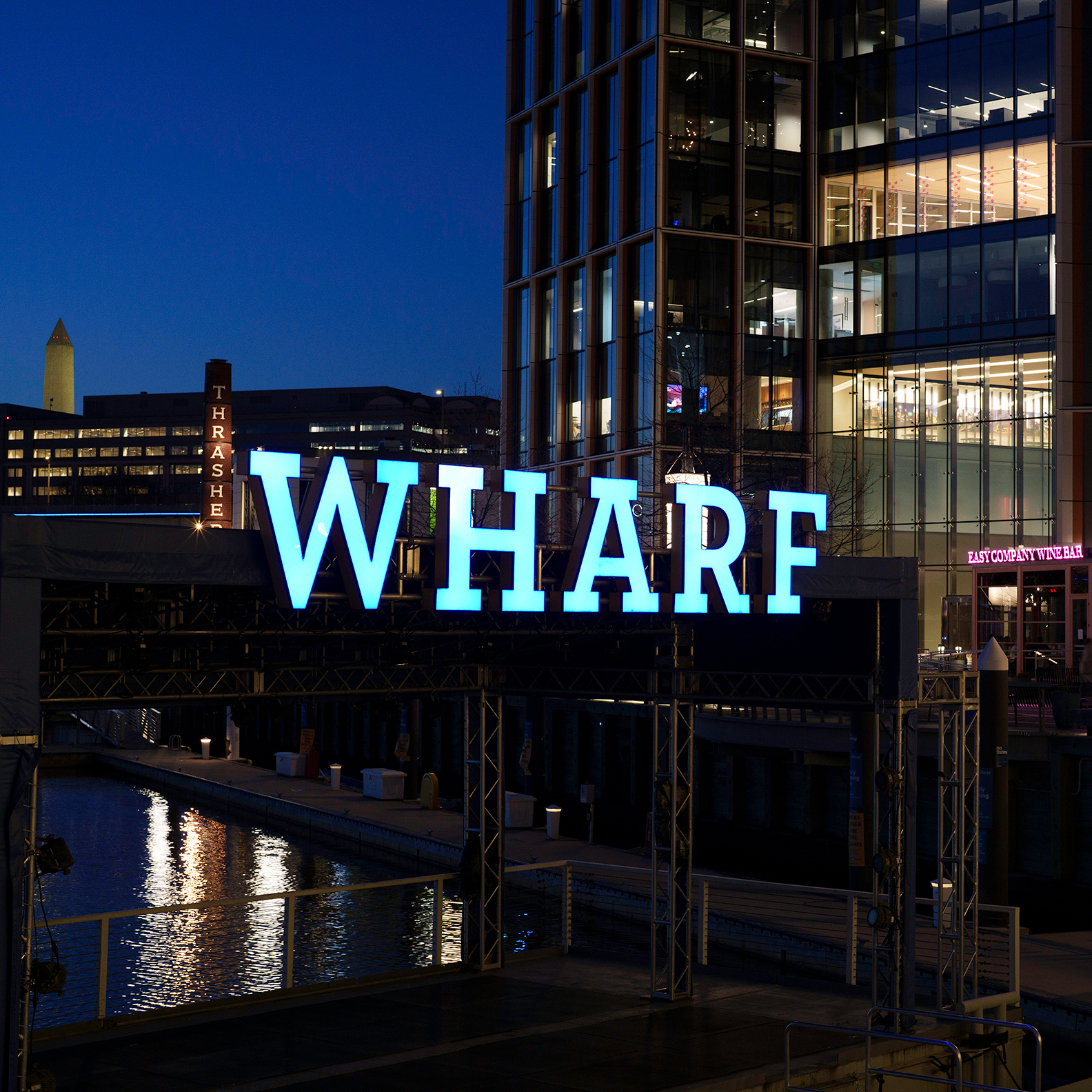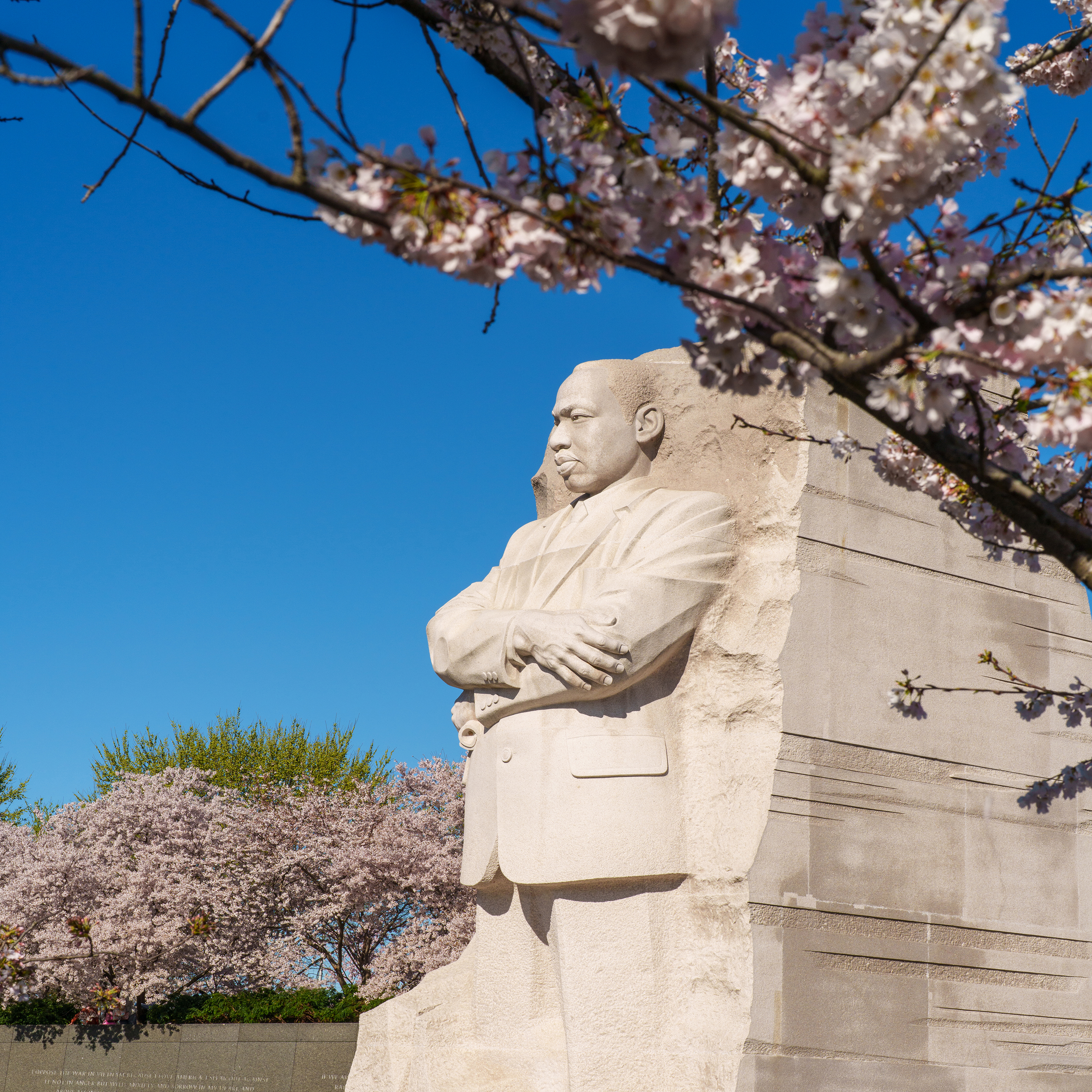
National Zoo
The Smithsonian's National Zoo, situated in the heart of Washington, DC's Rock Creek Park, is a cherished institution that offers a unique and engaging experience for visitors of all ages. Established in 1889, it spans 163 acres and is home to over 2,200 animals from almost 400 different species, emphasizing the Zoo's commitment to conservation, research, and education. The Zoo is part of the Smithsonian Institution and aligns with its mission by contributing to the conservation of endangered species through scientific research and educational programs. Admission to the Zoo is always free, making it a popular destination for more than 2 million visitors worldwide each year.

US Capitol
The United States Capitol Building, a symbol of the American people and their government, is located at the eastern end of the National Mall in Washington, DC. This neoclassical masterpiece houses the legislative chambers of the Senate and the House of Representatives, where national policy is discussed, debated, and developed. The Capitol's construction began in 1793, with its design selected by President George Washington. Over the years, it has been built, burnt, rebuilt, extended, and restored, embodying a rich history that mirrors the nation's own. Today, it stands as a monument to its builders and the American republic, covering more than 1.5 million square feet, with over 600 rooms and miles of corridors.

US Botanic Garden
One of the most beautiful indoor gardens in the nation is the United States Botanic Garden. The garden includes a rose garden, the First Ladies water garden, a jungle habitat and more. It is nestled on the grounds of the United States Capitol and is a living plant museum that showcases the indispensable value of plants to humanity and our ecosystems. Established by Congress in 1820, the USBG is the nation's oldest continuously operating public garden. It serves both the US Congress and over a million visitors annually, aiming to be a global leader in botanic garden excellence. The USBG's mission is to inspire people to appreciate, study, and conserve plants both locally and globally.

Albert Einstein Memorial
Located at 2101 Constitution Avenue NW, Washington, DC, the Albert Einstein Memorial is a monumental bronze statue by sculptor Robert Berks, depicting Albert Einstein seated with manuscript papers in hand. Perched on North Carolina granite, he is looking as if he is pondering some of his key equations. The memorial is located in central Washington, DC, in a grove of trees at the southwest corner of the grounds of the National Academy of Sciences, near the Vietnam Veterans Memorial.

Vietnam Veterans Memorial
Honors the American soldiers who passed away during the Vietnam War. The Vietnam Veterans Memorial is a profound national monument that honors the US armed forces members who served and died in the Vietnam War, which spanned from 1955 to 1975. This impactful memorial is distinguished by its V-shaped black granite wall, inscribed with the names of approximately 58,000 men and women who were killed or remain missing in action. The memorial, often referred to simply as "The Wall," invites visitors to reflect on the profound impact of the Vietnam War on America

FDR Memorial
Located just south of the Mall along the wetern bank of the Tidal Basin in West Potomac Park. Franklin Delano Roosevelt was the 32nd president of the United States, and the only president elected more than two times. His memorial is one of the largest of all the presidential monuments, taking visitors through the story of his presidency. The FDR Memorial is the only memorial to include a statue for a first lady, and a presidential pet, his dog, Fala. The FDR Memorial was created from red granite.

The Wharf
The Wharf in Washington, DC, offers a vibrant waterfront experience with numerous free activities for visitors of all ages. This revitalized neighborhood combines dining, shopping, entertainment, and public spaces along the scenic Potomac River, making it one of the city's top destinations. For those looking to enjoy the area without spending a dime, The Wharf has much to offer. You can relax or play oversized games at Recreation Pier, explore the rich history through 30 historic markers, splash in the fountain at 7th Street Park, enjoy live music performances, and marvel at the Municipal Fish Market, the oldest continuously operating open-air fish market in the United States. Additionally, Waterfront Park provides a serene setting for picnics or simply enjoying the views, and the free Wharf Jitney offers rides to East Potomac Park.

Washington Monument
The Washington Monument, an iconic obelisk on the National Mall in Washington, DC, stands as a tribute to George Washington, the first President of the United States and a pivotal figure in American history. Designed by Robert Mills and completed by Thomas Casey and the US Army Corps of Engineers, this architectural marvel commemorates Washington's leadership in the American Revolutionary War and his role as a Founding Father. Rising to a height of 555 feet, the Washington Monument was the tallest man-made structure in the world at the time of its completion. It is constructed from granite and marble. Tickets are required to enter the Washington Monument. Reserve tickets online (reservation fee of $1 per ticket applies) or get free, same-day tickets at the Washington Monument Lodge on 15th Street near the Washington Monument.

Lincoln Memorial
The Lincoln Memorial in Washington, DC, stands as a majestic tribute to Abraham Lincoln, the 16th President of the United States. This iconic structure, inspired by ancient Greek temples, is a masterpiece of neoclassical architecture designed by Henry Bacon. It features 36 Doric columns representing the states in the Union at the time of Lincoln's death. Inside, visitors are greeted by the towering statue of Lincoln, created by Daniel Chester French, which symbolizes his enduring legacy of tolerance, honesty, and constancy. The memorial's walls are inscribed with two of Lincoln's most significant speeches: the Gettysburg Address and his Second Inaugural Address, emphasizing the virtues he championed. The memorial welcomes over seven million visitors annually, remaining open 24 hours a day to those wishing to pay their respects to one of America's most revered leaders.

Library of Congress
Embark on a journey of discovery and inspiration at the Library of Congress, the largest library in the world and the United States' treasure trove of knowledge. From its majestic architecture echoing the grandeur of ancient temples to its limitless corridors of books, maps, photos, and manuscripts, this iconic institution offers a unique glimpse into the heart of American culture and history. Whether you're a researcher aiming to delve into unparalleled collections, a history buff eager to trace the narratives of civilizations, or simply a curious soul looking to get lost in the beauty of knowledge, the Library of Congress welcomes you. Experience the awe-inspiring Main Reading Room, engage with exhibitions that bring the past and future to life, and discover the vast digital archives accessible from anywhere in the world. With every visit, the Library of Congress promises an enriching adventure that enlightens and entertains, making it an essential destination for anyone visiting Washington, DC.

National World War II Memorial
The National World War II Memorial is a poignant tribute to the Americans who served in the armed forces and on the home front during World War II, including the more than 400,000 who lost their lives. The Memorial, located on the east end of the Reflecting Pool on the National Mall, offers a solemn yet beautiful space for reflection. The Memorial features an elliptical plaza with a central pool and fountains, surrounded by 56 granite pillars representing U.S. states and territories of the time, and two arches symbolizing the Atlantic and Pacific theaters. The Freedom Wall, with 4,048 gold stars, poignantly marks the price of freedom, each star representing 100 American military deaths during the war. This site, situated between the Lincoln Memorial and the Washington Monument, was chosen for its prominence and significance on the National Mall, making it a must-visit to honor the legacy of those who fought for freedom and democracy.

Martin Luther King Jr Memorial
The Martin Luther King Jr. Memorial stands as a profound testament to the life and legacy of one of the most significant figures in American history. This memorial is not just a place; it's an experience that embodies Dr. King's dreams and values—freedom, equality, and justice. Situated along the serene Tidal Basin, it creates a visual "line of leadership" from the Lincoln Memorial, where Dr. King delivered his iconic "I Have a Dream" speech, to the Jefferson Memorial, symbolizing a continuum of the fight for civil rights. The memorial is a place where future generations can learn about Dr. King's vision for America—a nation unified by its diversity and strengthened by its commitment to justice and equality. It invites visitors from all walks of life to reflect on their role in continuing Dr. King's work, ensuring his dream lives on